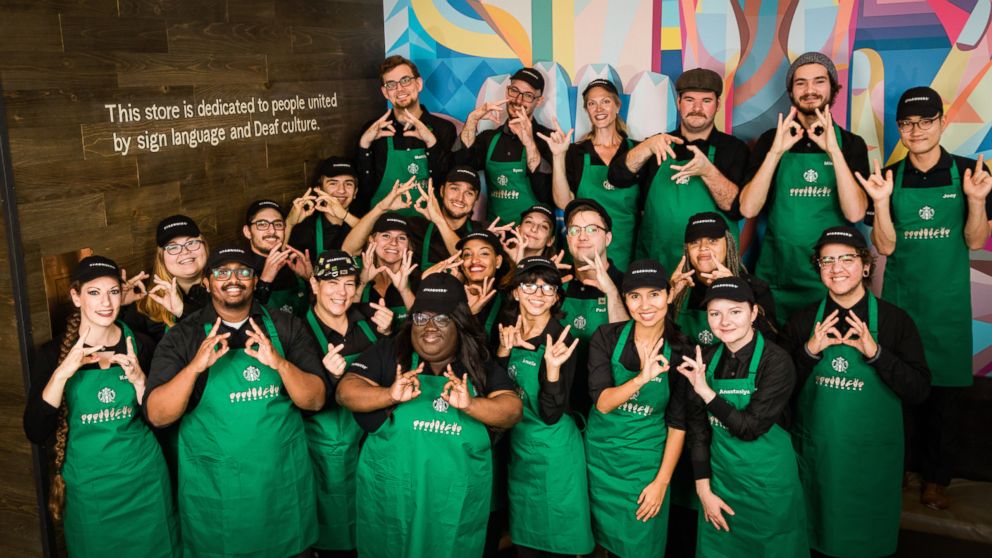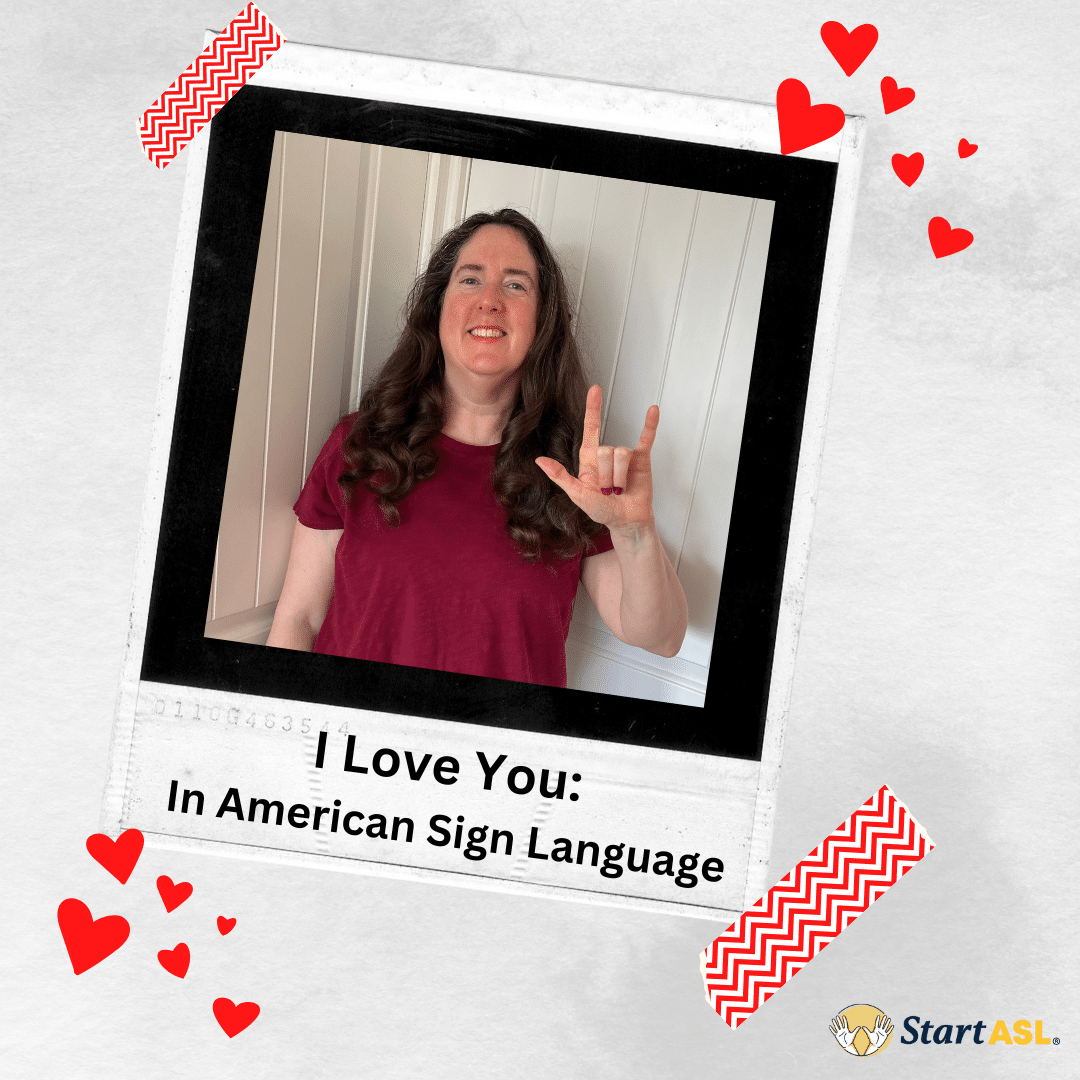
Sioux Falls School Expands American Sign Language Program
Sioux Falls School Expands American Sign Language Program
Most US high schools have only recently begun accepting American Sign Language (ASL) as an option for foreign language study. This is true even though the language has been used for decades by Deaf and Hard-of-hearing people across the US and Canada. ASL is a visual way to convey information through hand gestures, facial expressions, and upper body movements. It uses awareness of objects in the surroundings and the body’s location to help speakers and listeners grasp what’s being conveyed.
Over the past two decades, ASL’s acceptance among hearing community members has grown exponentially. This can be seen in the rising number of studies about the role of American Sign Language in public education.
Teaching American Sign Language in public schools gives Deaf and Hard-of-hearing (D/HoH) students more chances to interact with their hearing classmates. According to the 1990 Individuals with Disabilities Education Act, all students should be taught in the least restrictive setting possible. The Act ensures that D/HoH students receive a “free appropriate public education” that meets their needs.
This guarantee includes being able to function so that their language, ASL, can be freely used in school. For many in the Deaf community, personal identity is linked with deafness and the use of ASL. They see being Deaf as a way of life that has an authentic language (ASL) and a set of common values. The Deaf community also has rich cultural traditions, a unique social order, and a common history.
Sioux Falls School District’s New American Sign Language Curriculum

For these reasons, the Sioux Falls School District’s (SFSD’s) recent move to expand its American Sign Language program addresses a key element of the D/HoH lifestyle. Deaf teacher Colleen Barber sees the initiative as a significant boon to her community. Before the new policy was implemented, she was the only one teaching ASL.
But now there is another American Sign Language instructor. And seeing the program expand, Ms. Barber is hopeful about ASL’s future in her community. She says, “I’m most excited about having it expand and grow more. I look forward to maybe one of [the] students taking the opportunity to become a professional interpreter or work with the Deaf education aspect of things when they graduate high school.”
This year, the South Falls School District has chosen to continue developing its ASL program. In past years, high school students could get just one year of language credits from studying ASL. They had to take two classes in another language to gain enough credits for acceptance by a university. Now, with the addition of American Sign Language level 3 and 4 classes, students can fulfill their second language requirements with ASL alone. “It wasn’t a huge program, and this now has really expanded ASL,” Ms. Barber says. “It is growing so much.”
The SFSD‘s Rebecca Wimmer says that addressing the community’s diverse needs is increasingly important as the city of Sioux Falls grows. These needs include the requirements of Deaf and Hard-of-hearing students. As a result, the School District has expanded its ASL program to benefit these learners and hearing students. “For our high school students, we [need to] prepare them for that next phase of life, make sure that they’re getting access to college programs, that they have career readiness skills,” adds Ms. Wimmer.
The Advantages of Expanding American Sign Language Programs
Increasing the size and scope of American Sign Language programs in education has many benefits.
Social Advantages
ASL is a rapidly growing area of study in public schools across the United States and Canada. Giving hearing students the option to take ASL courses promotes greater inclusivity in the schools and nearby communities. Knowing ASL as a second language also widens the scope of hearing students’ social networks to encompass members of the D/HoH population.
In both the United States and English-speaking Canada, many Deaf and Hard-of-hearing people view American Sign Language as their mother tongue or first language. Consequently, in both countries, members of the D/HoH community converse, interact socially and share their life experiences through ASL.
Besides, many hearing people employ ASL as a second language. They typically use the language in education or through special connections with members of the Deaf and Hard-of-hearing community.
Moreover, teaching American Sign Language in public schools gives D/HoH learners many chances to interact with their hearing classmates. This aligns with the conditions of 1990’s Individuals with Disabilities Education Act (IDEA). The Act states that all students should be taught in the least restrictive setting possible. And having hearing students use ASL broadens the scope of the academic environment. It allows D/HoH learners to interact with their peers through their first language more freely, thus enriching their educational growth and social bonds.
Cognitive Benefits
Learners also gain many cognitive advantages from acquiring a sign language like ASL. Many studies have shown that learning a new language enhances the following mental processes:
- Abstract reasoning
- Creative thinking
- Problem-solving skills
- Mental flexibility
- Listening skills
All of this enrichment leads to greater academic achievement and increased chances for career success. In addition, knowing a second language also promotes cultural awareness and enhanced literacy in students of all ages.
Bonus Benefits
Plus, more benefits are gained when you bring sign language into the equation. Communicating in a visual medium like signing increases students’ spatial awareness, visual sensitivity, and ability to rotate an object and view it from different angles mentally.
Employment Opportunities

Finally, acquiring ASL as a second language broadens students’ employment opportunities. ASL proficiency can lead to careers in a variety of fields. From sign language interpreting and teaching to speech pathology and audiology, the range of jobs involving American Sign Language is wide. And around the US, the need for workers in these fields is continually growing.
Impact of American Sign Language Programs on Communities
Besides the many rewards that American Sign Language programs offer individual D/HoH and hearing students, they also benefit communities. For this reason, at least 35 states now recognize ASL as a modern language in their school systems. And increasing numbers of US colleges and universities offer ASL classes.
In the case of South Dakota, a growing population of Deaf and Hard-of-hearing learners is in need of educational services. However, the number of certified educators and interpreters fluent in American Sign Language is low. Thus, SFSD’s recent expansion of its ASL program could not have come at a better time for the state’s local D/HoH community.
Allowing high school students to take four semesters of ASL will give them a head start if they want to study American Sign Language further at the college or university level. And this will, in turn, bolster the number of ASL-proficient graduates who go on to careers as instructors, interpreters, audiologists, or other related professions in South Dakota and beyond.
As with the city of South Falls, expanding American Sign Language programs in schools across the United States could benefit communities everywhere. But, studies have yet to be done about the long-term impact of ASL programs on high school students. So, there are unexplored merits in focusing more research, most specifically on hearing students, at the secondary level.
High school ASL classes for hearing and D/HoH students deserve more attention from educational researchers. When further studies are done, the benefits of these programs will be better understood. And implementing them will become a matter of course. In this way, secondary students will gain lifelong advantages, such as improved literacy and mastery of their spoken language. They will also better understand diversity in academic communities that include Deaf, Hard-of-hearing, and hearing learners.











